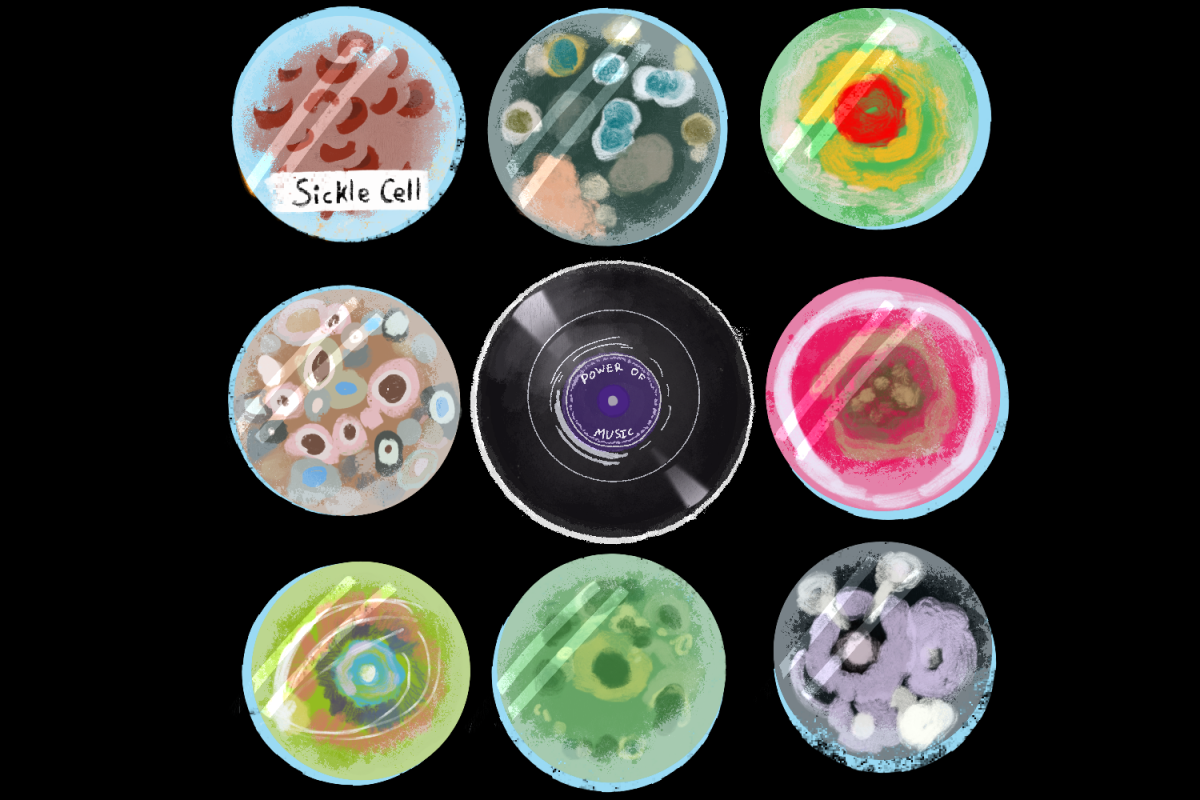I spend all day in acting school trying not to care what other people think of me, trying not to be afraid of making mistakes because art school is the place where you are technically allowed to mess up your art. Meanwhile, my teachers sit in the corner with their notebooks, observing my work while entertaining imagined objectivity. In these classes, where my artistic freedom flourishes, a lettered scale of judgment looms over us. I find myself in classes multiple times a week with teachers telling me not to worry about doing it right. There’s little rhyme or reason to what makes something good within any inherently subjective art form. But it’s difficult not to feel pressure to do something right when you are held to a pass/fail standard.
You may have heard that college grades don’t matter, especially for an arts major — I’ve heard as much from fellow students and even a couple of teachers. But when it comes to getting a job after graduation, your GPA may factor into your ability to be hired for a business-oriented internship or assistant position, which many students with a degree in the arts opt for after school. The difference between an A and a B in a somewhat ambiguously evaluated art class could potentially negatively affect your GPA and therefore the ability to secure the sort of financially supportive side job that an up-and-coming artist often initially needs.
However counterintuitive they may be, assigning grades in art school is not a solely negative practice. Part of the opportunities that come with attending a prestigious art school like the Tisch School of the Arts are from its ties to a larger private university which requires grades to be assigned. Art teachers are generally aware of this paradox and are careful to evaluate based on factors that are less centered around raw talent. They focus more on how much a student is contributing and how they are applying themselves to their artistic medium. The competitive nature of grades, which are occasionally assigned on a curve, can also be a motivator for artists to put forward their best creative effort. Though they may not always be accurate, grades can be helpful for an art student to gauge the effectiveness of their own creative choices in front of an artistically attuned audience and to push themselves to exceed what is expected of them.
“I think awards are sort of a necessary evil in the art world,” Tisch drama sophomore Michael Crowe said. “I think by setting benchmarks with awards, it encourages all [artists] to surpass and continue pushing art forward.”
Art projects can be compared, discussed and criticized, but it is impossible to objectively rank creative expression. This does not prevent people from trying — in art school and beyond. Major award shows like the Grammys, Emmys, Academy Awards and Tonys annually attempt to applaud the best of the best in music, acting, writing and design. Like art school grades, award show nominees and winners can be a great indicator of efficacy in one’s endeavors, but they are ultimately decided by a limited committee of judges whose own biases and creative opinions influence what they will deem to be the “best” in any category. Perhaps the steadily declining viewership of major award shows in the last decade, along with the niche culture of the internet, will steadily increase awareness of the subjectivity of all art and the contradictory nature of hierarchical artistic awards.
For many students pursuing arts degrees, college is the first frontier where they will receive grades for their performance of and competency in their work. So how much credence should students give to their grades on creative tasks, projects and pieces? Ultimately, young artists should focus on projects they find personally rewarding and not worry so much about chasing accolades. They should listen to the feedback they receive and attempt to understand any critiques, but remember that the most helpful response may not always come from higher-ups. There will always be people taking notes, but it is ultimately the creator who has the power to choose whose opinion is relevant to them.
“The Art School Report” is a column about the trials and tribulations of art school and the New York City art scene at large. Johanna aims to document the experiences and opinions of Tisch students and the terrifying thought of graduating into the world with an arts degree.
Opinions expressed on the editorial pages are not necessarily those of WSN, and our publication of opinions is not an endorsement of them.
A version of this article appeared in the Monday, April 15, 2019, print edition. Email Johanna Stone at [email protected].























































































































































